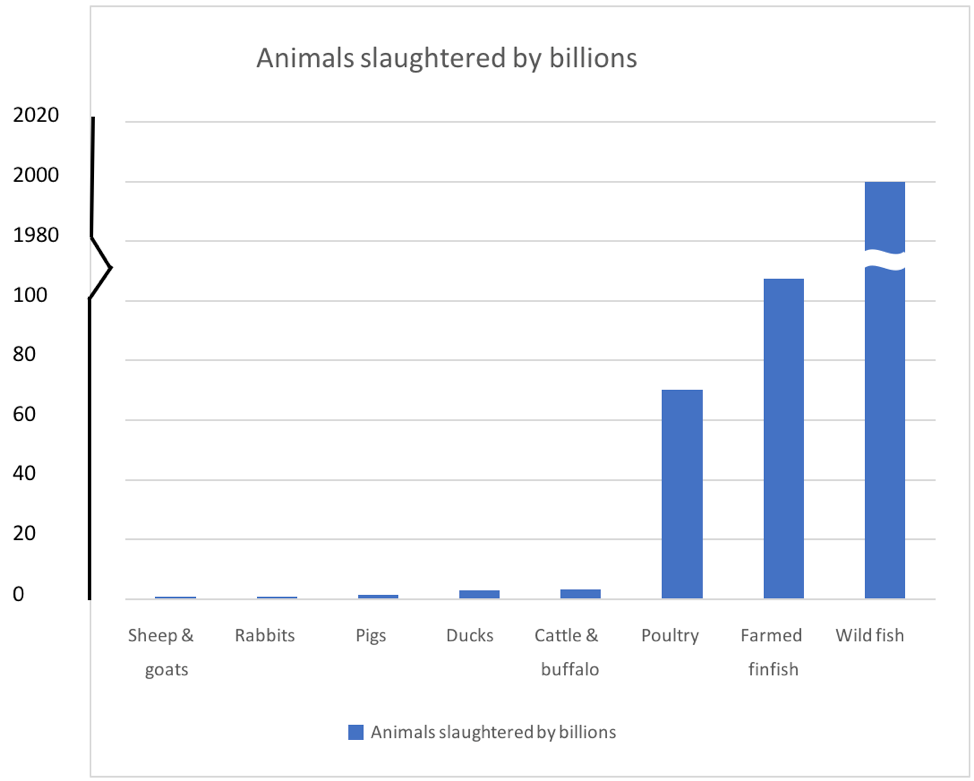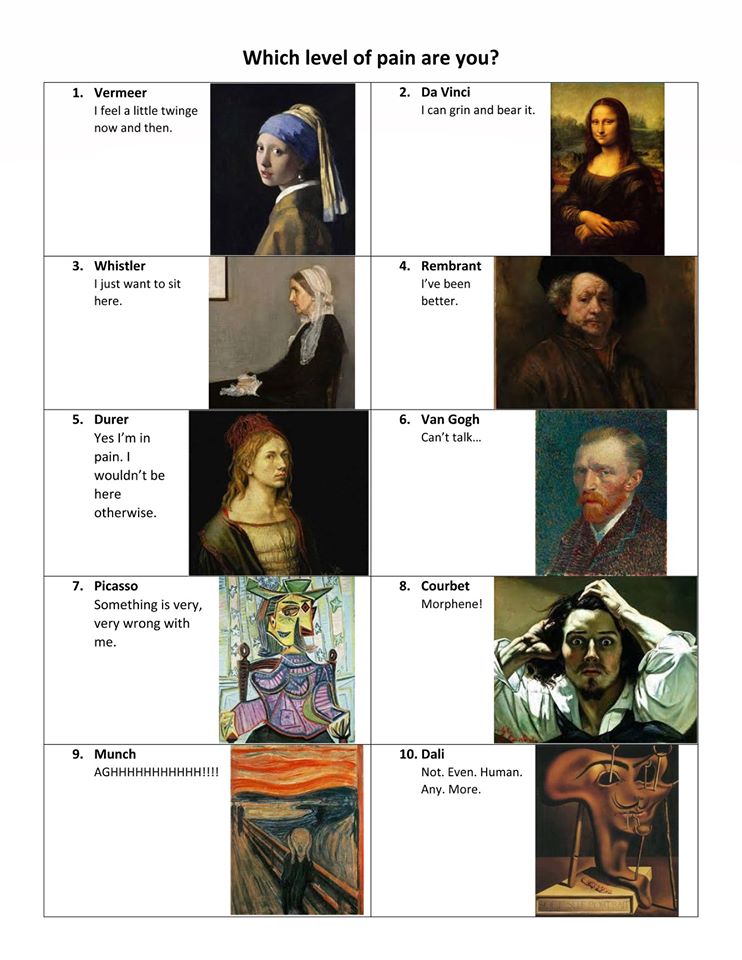A typical used mattress may have anywhere from 100,000 to 10 million mites inside.
Research Topics
In 2013, Tor Wager, a neuroscientist at the University of Colorado, Boulder, took the logical next step by creating an algorithm that could recognize pain’s distinctive patterns; today, it can pick out brains in pain with more than ninety-five-per-cent accuracy. When the algorithm is asked to sort activation maps by apparent intensity, its ranking matches participants’ subjective pain ratings. By analyzing neural activity, it can tell not just whether someone is in pain but also how intense the experience is. “What’s remarkable is that basic pain signals seem to look pretty much the same across a wide variety of people,” Wager said. “But, within that, different brain systems are more, or less, significant, depending on the individual.”
Among the brain’s many pain-producing patterns, however, there is only one region that is consistently active at a high level: the dorsal posterior region of the insula. Using a new imaging technique, Tracey and one of her postdoctoral fellows, Andrew Segerdahl, recently discovered that the intensity of a prolonged painful experience corresponds precisely with variations in the blood flow to this particular area of the brain. In other words, activity in this area provides, at last, a biological benchmark for agony. Tracey described the insula, an elongated ridge nestled deep within the Sylvian fissure, with affection. “It’s just this lovely island of cortex hidden in the middle, deep in your brain,” she said. “And it’s got all these amazing different functions. When you say, ‘Actually, I feel a bit cold, I need to put a sweater on,’ what’s driving you to do that? Probably this bit.”

There has historically been almost no effort made to reduce the inhumaneness of fish slaughter. The majority of fish are killed without stunning, by asphyxiation either in the air or on the ice. One study found that it takes common species of fish 55-250 minutes to die via asphyxiation. Fish that aren’t asphyxiated often die by being live gutted; the same study found that live gutting can take up to 25-65 minutes to kill the fish. Fish who are stunned are typically struck on the head (percussive stunning), stunned electrically, or stunned using gas. Pre-slaughter stunning is more common in wealthier nations (like the UK, Northern Europe, Chile, Canada, and Australia) and for high-value species (like salmon and trout).
Two hundred ninety-one lay persons and 10 forensic pathologists rated the lethality, time, and agony for 28 methods of suicide for 4117 cases of completed suicide in Los Angeles County in the period 1988-1991. Whereas pathologists provided consistent ratings, lay persons demonstrated extreme variability and a tendency to inflate ratings of all three dimensions. Significant gender differences emerged, with females rating frequently used suicide methods more similarly to pathologists than the males did. Males who suicided used the most lethal and quickest methods whereas females selected methods varying in lethality, duration, and agony. African Americans were overrepresented in the use of the most lethal and quickest methods.
Measurement and estimation are of prime importance for most rational activities dealing with suffering, and quantitative studies concerning suffering should be developed as an independent subdiscipline, which could be called algometry.
Empathetic verbal feedback from others has been shown to alleviate the intensity of experimental pain on an experiment on pain perception and empathy in humans.
In the experiment they created a dedicated setup mimicking a medical environment where people enduring painful stimuli received empathetic or unempathetic comments from others. Positive (empathetic) feedback was able to reduce pain intensity perception, in agreement with previous theoretical models and experimental studies, while negative (unempathetic) feedback did not induce consistent changes in pain intensity reports.
Placebos are so effective that placebo placebos work: A pain cream with no active ingredients worked even when not used by the patient. Just owning the cream was enough to reduce pain.
The following map tries to present in a global way some of the theories and approaches on sentience / consciousness / identity, and in general, on reality, grouped into four large groups: GOD, PARTICLE, EMERGENCY and MATRIX. The enumeration is not exhaustive and several of these theories could be classified in more than one group at a time.
